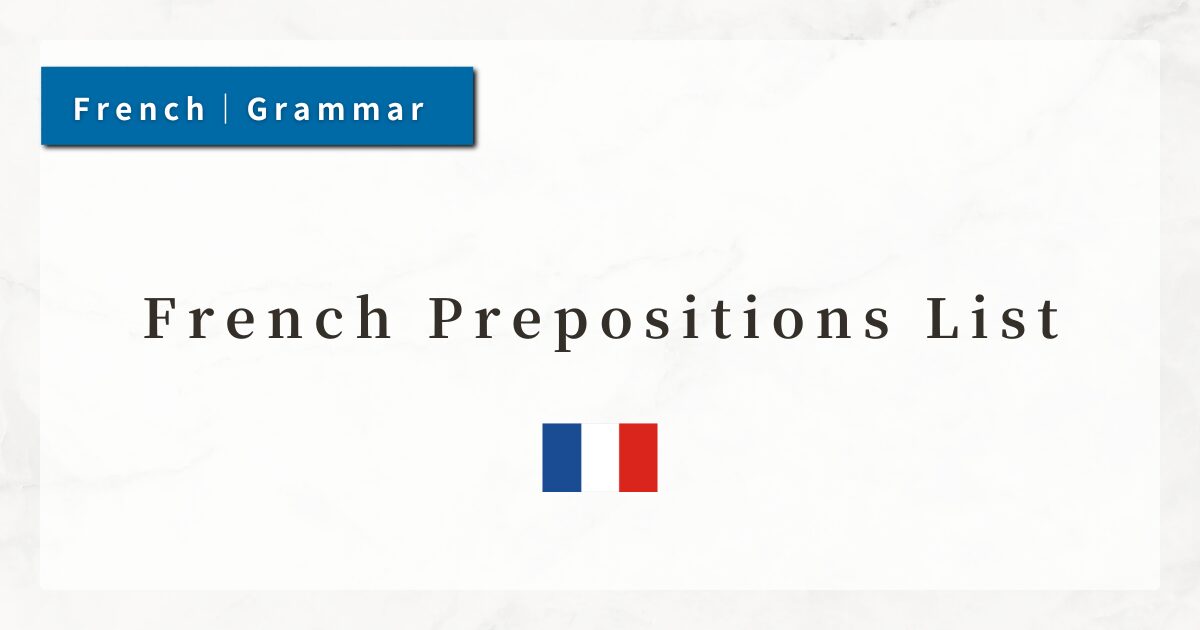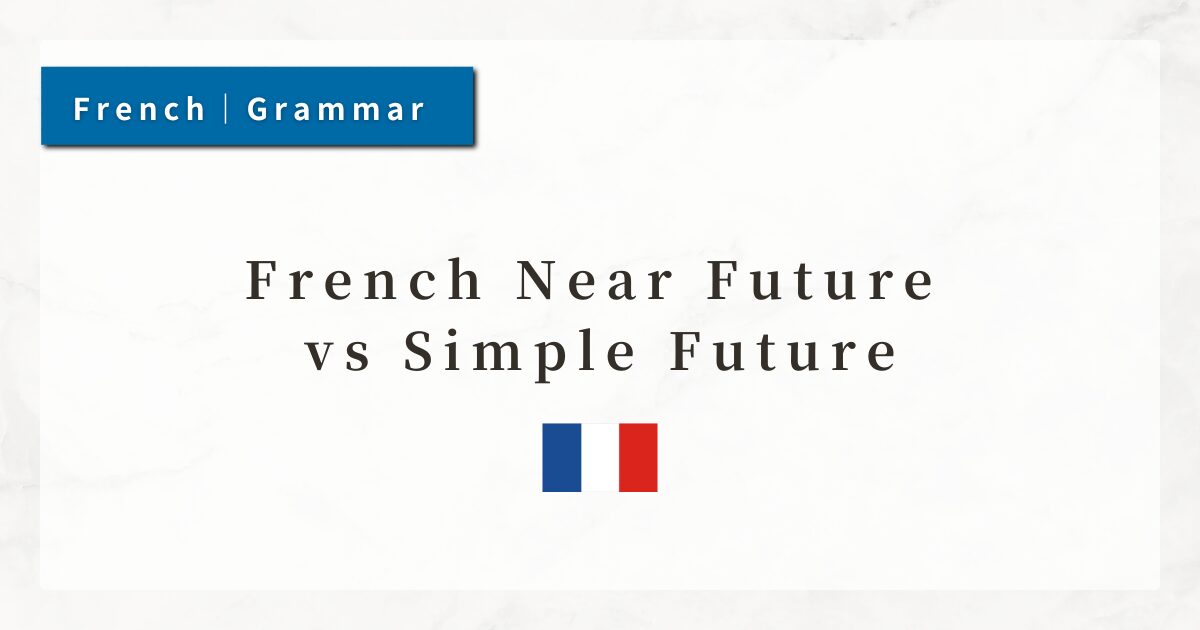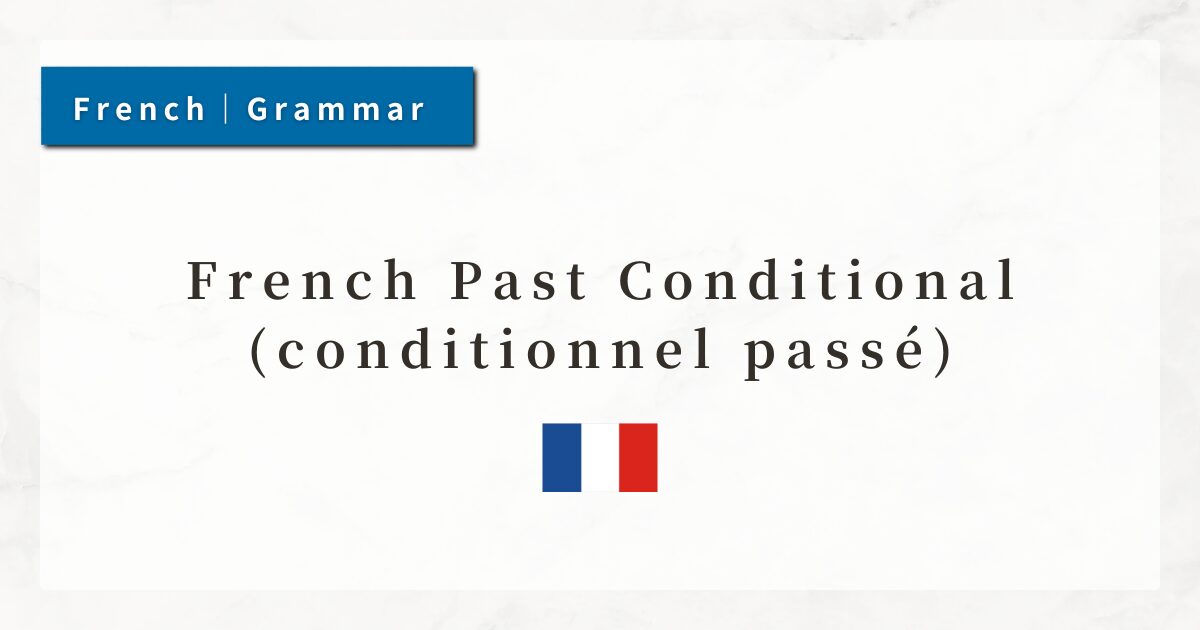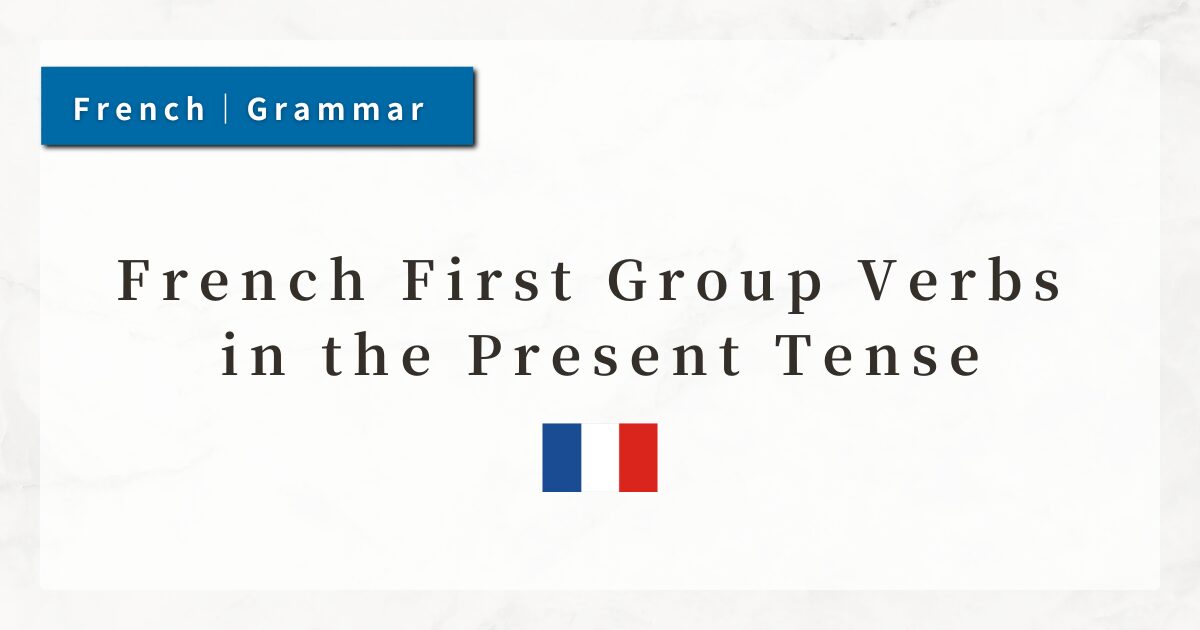#18 French Prepositions List | Basic Rules, Meanings, and Functions

In French, prepositions are placed before nouns to indicate location, direction, or spatial relationships. While many of them resemble those in English, French prepositions follow unique rules—most importantly, a preposition must be followed by an article.
Basic prepositions such as dans (in), sur (on), and sous (under) are indispensable for describing the position of people and objects in everyday situations.
In this lesson, I will explain the meanings, uses, and nuances of these prepositions through concrete examples.
1. What Are Prepositions?
Prepositions are words placed before a noun or pronoun to indicate its role in a sentence. They correspond to expressions such as “in,” “with,” or “by” in English, and are extremely common in French. Importantly, prepositions in French are normally followed by article + noun.
Prepositions in French can express a wide range of meanings, including location, time, cause, and means. Here, I will introduce some of the most frequently used prepositions, organized by category.
1-1. Prepositions of Place
| Preposition | Meaning | Example |
|---|---|---|
| dans | in | dans la maison (in the house) |
| sur | on | sur la table (on the table) |
| sous | under | sous le lit (under the bed) |
| devant | in front of | devant l’école (in front of the school) |
| derrière | behind | derrière la porte (behind the door) |
| entre | between | entre les deux arbres (between the two trees) |
| près de | near | près de la gare (near the station) |
| loin de | far from | loin de la ville (far from the city) |
1-2. Prepositions of Time and Duration
| Preposition | Meaning | Example |
|---|---|---|
| à | at (time) | à 8 heures (at 8 o’clock) |
| en | in (time taken) / in (month, year) | en avril (in April); en deux jours (in two days) |
| dans | in (future point) | dans une heure (in one hour) |
| depuis | since (ongoing) | depuis 2020 (since 2020) |
| pendant | for (duration) | pendant deux semaines (for two weeks) |
| jusqu’à | until | jusqu’à 18h (until 6 p.m.) |
1-3. Prepositions of Cause and Reason
| Preposition | Meaning | Example |
|---|---|---|
| à cause de | because of (negative) | à cause de la pluie (because of the rain) |
| grâce à | thanks to (positive) | grâce à toi (thanks to you) |
| par | due to / by (motive, means) | par fatigue (out of fatigue) |
1-4. Prepositions of Means, Possession, and Manner
| Preposition | Meaning | Example |
|---|---|---|
| avec | with / using | avec un ami (with a friend); avec une clé (using a key) |
| sans | without | sans problème (without problem) |
| en | by / in (means, manner) | en voiture (by car); en silence (in silence) |
| de | of (possession, material) | le livre de Marie (Marie’s book); un verre de vin (a glass of wine) |
| à | of / for (possession, purpose) | la maison à vendre (house for sale) |
2. Grasping the Spatial Images of dans / sur / sous
Understanding dans, sur, and sous requires a spatial and visual sense. Rather than just memorizing their meanings, imagine the relative position of objects.
2-1. dans: inside something
- Le stylo est dans mon sac.
(The pen is in my bag.)
2-2. sur: on the surface of something
- Le chat dort sur le lit.
(The cat is sleeping on the bed.)
2-3. sous: under / covered by something
- Il y a de la poussière sous le canapé.
(There is dust under the sofa.)
3. Prepositions Must Be Followed by “Article + Noun”
In French, a preposition cannot stand alone; it must be followed by “article + noun.” This is a key difference from English.
- sur la table (on the table)
- dans le sac (in the bag)
Some prepositions and articles combine through contraction, resulting in forms like au (à + le) and du (de + le).
4. Distinguishing Between être and il y a
When describing position, two common structures are used: être and il y a.
| Item | être | il y a |
|---|---|---|
| Focus | location (where something is) | existence (whether something exists) |
| Subject | known noun (specific) | indefinite / new noun |
| Function | explains the position of something | introduces the existence of something |
| Example | Le livre est sur la table. (The book is on the table.) | Il y a un livre sur la table. (There is a book on the table.) |
4-1. être (“to be” in a location): Focus on Place
être describes the location of something already known to both speaker and listener. The subject is a specific object or person.
- Où est le chat ? → Le chat est sous la table.
(Where is the cat? → The cat is under the table.)
4-2. il y a (there is/are): Focus on Existence
Il y a introduces the existence of something new or not yet identified.
- Qu’est-ce qu’il y a sous la table ? → Il y a un chat sous la table.
(What is under the table? → There is a cat under the table.)
5. Summary
- Prepositions show location, direction, or spatial relations, always followed by “article + noun”.
- High-frequency prepositions include dans (in), sur (on), and sous (under).
- Prepositions must be used with “article + noun.”
- Distinguish between être (location) and il y a (existence).




